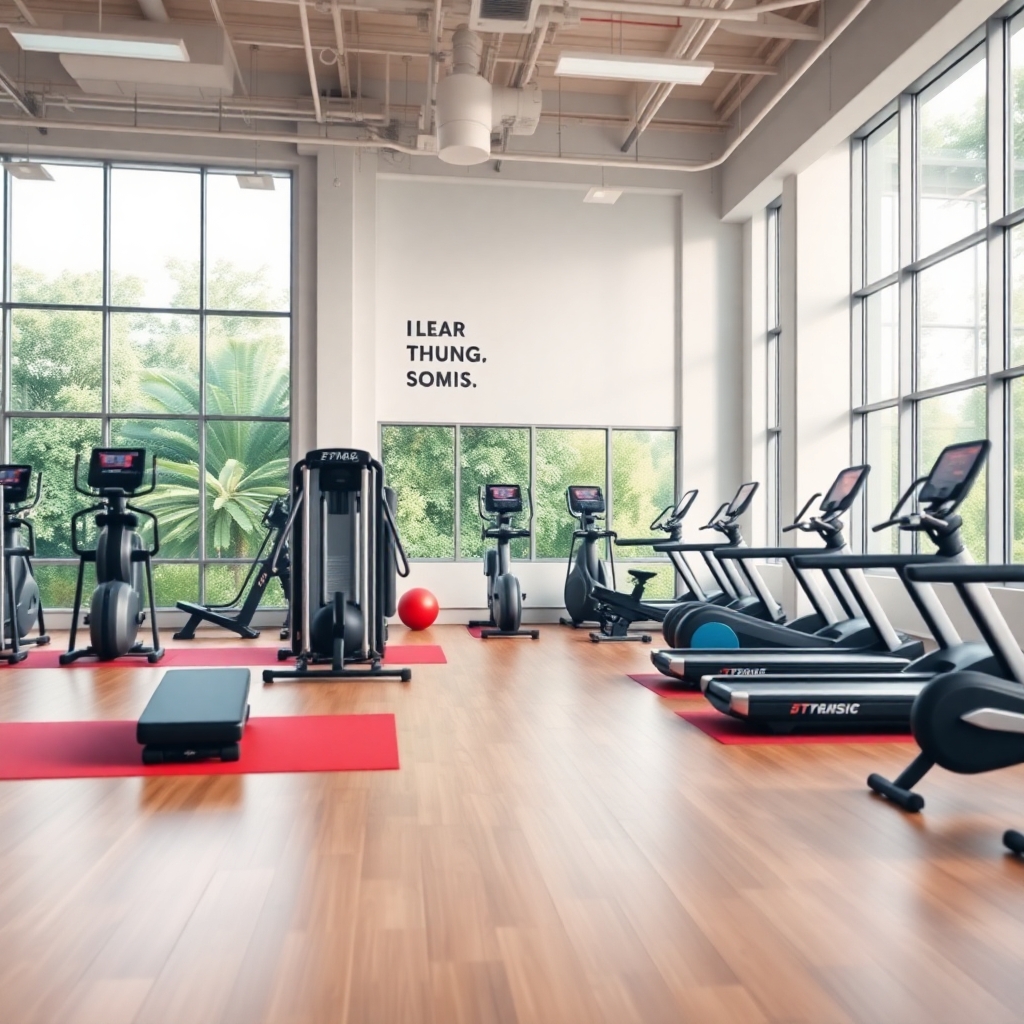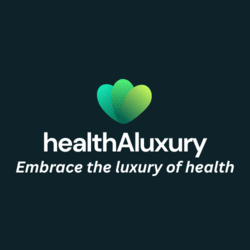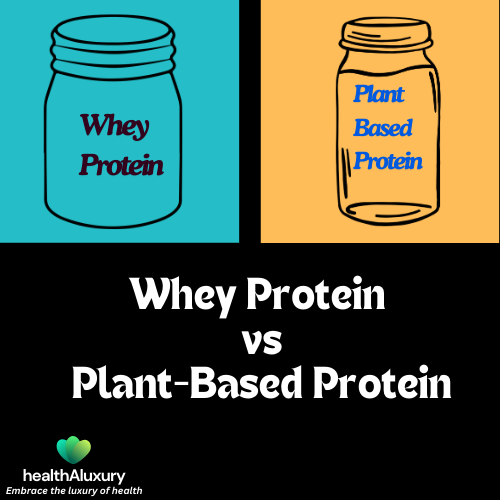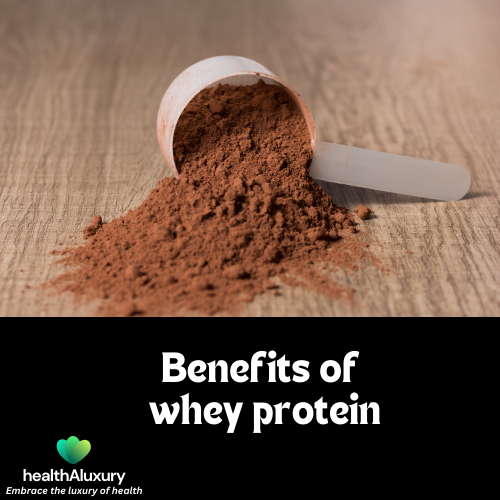
Common asked questions about a gym
Are gyms open on Sunday?
Many gyms are open on Sunday, though hours may vary. Some gyms offer shorter hours on weekends, like 8 AM to 4 PM instead of 5 AM to 10 PM on weekdays. Check with your gym for details.
Are gym mirrors different?
Yes, gym mirrors are different. They are typically large, high-quality, and designed with minimal distortion to reflect clearly and accurately. This helps users maintain proper form during exercises like squats or deadlifts.
Can gym increase height?
No, gyms cannot directly increase height after your growth plates close (around the late teens). However, exercises like hanging or stretching can improve posture, making you appear taller.
Can the gym stop height?
No, gyms do not stop height growth when exercises are done correctly however height after your growth plates close (around the late teens), there won’t be an increase in height. Lifting heavy weights with improper technique at a young age might strain growth plates, so guidance is essential.
Can the gym change your face?
Yes, gym workouts can change your face by reducing overall body fat, enhancing jawline definition, and improving skin health through better circulation. Your face fat will reduce over time, making you look leaner and fitter.
Can gym increase weight?
Underweight individuals, do join a gym for weight increase. Yes, gyms help in gaining weight by building muscle mass through strength training combined with a calorie surplus diet.
How gym works?
Gyms work by providing structured environments and equipment for strength, endurance, flexibility, and cardio exercises to achieve fitness goals. It provides fitness trainers who can work with you and train you towards your fitness goals. Some gyms have a dietician who provides you with a weekly diet plan.
How gym protein powder is made?
Protein powders are made by extracting proteins from sources like milk (whey/casein) or plants (soy, pea) and then processing, filtering, and drying them into powder form.
What gym give you?
A gym gives you an environment where you will find fitness enthusiasts who are on their fitness journey. It is a place for physical fitness and social engagement.
What gym equipment is good for you?
All gym equipment is good for you based on your workout plan. For example, you can use treadmills and bikes for cardio exercises and dumbbells and barbells for strength training.
What gym equipment is best for home?
It may sound like a cliché but the short answer is depends on your fitness goals. You can have a static bike for cardio, a yoga mat, and dumbbells to start your workouts.
Can the gym delay periods?
It depends on the level of intensity. Intense workouts may delay periods due to hormonal changes and stress on the body, but moderate training won’t impact periods.
Are gym shoes non-marking?
Yes, most gym shoes are non-marking. This means their soles are designed to not leave marks or scuffs on gym floors, which are often made of wood or rubber.
Are gym gloves useful?
Yes, gym gloves are useful for protecting your hands, improving grip, and preventing calluses during weightlifting or equipment-based exercises. For instance, gloves with padded palms provide cushioning when lifting heavy dumbbells, reducing hand fatigue and enhancing safety. However, their necessity depends on personal preference and workout type.
What gym supplements should I take?
It is not mandatory to take gym supplements. Consult with a dietician before you consume any supplements. Protein powder, creatine, and multivitamins are common supplements that gymgoers take.
Which gym is best near me?
All gyms are good. Pricing of gym membership varies based on the brand and service options available. Check your budget and then identify a gym in your area based on your budget, proximity, facilities available, trainers availability, gym timings, etc. If you want a woman trainer, check with the gym if they have a woman trainer or not before joining a gym.
Why gym is important?
A gym gives you a fitness routine, an environment with like-minded people, fitness equipment, fitness trainers, and a positive environment.
Why gym is bad?
Gyms can be bad if overused, workouts are done improperly, or intake of supplements without consultation. People get injured if they are not careful.
Why do gym people eat bananas?
Bananas are rich in carbs and potassium, providing quick energy and reducing muscle cramps during workouts.
Why do gym guys avoid sugar?
Sugar causes insulin spikes, leading to energy crashes and fat gain, which can impact fitness goals.
Gym is good or bad?
Gyms are good when used correctly for fitness and health. They can be bad with overtraining or poor guidance.
Gym is good for health?
Yes, gyms improve cardiovascular, muscular, and mental health with regular exercise.
Gym is good in the morning or evening?
Both times work. Mornings boost metabolism, while evenings might allow better performance due to warmed-up muscles.
Gym to gain weight for female?
Strength training combined with a calorie-surplus diet helps women gain healthy weight through muscle mass.
Gym to reduce belly fat?
Yes, you can reduce belly fat in a gym. Full-body workouts, including cardio, HIIT, and core exercises, help reduce overall fat, including belly fat. Focus on abs exercises for reducing belly fat.
Gym without a trainer?
It is not mandatory to have a trainer in a gym. As a beginner, you may need guidance on a workout plan and avoid injury.
Gym without protein?
Protein is required for every individual whether they go to a gym or not. The amount of protein varies based on your body weight. For every kg of weight, you need 1.6 grams of protein. Consult a dietician and get a diet plan and this diet plan will have the recommended daily protein intake.
Going to the Gym without a diet plan
Note this point, 80% diet and 20% workout to become fit and fab. If you are planning to join a gym or have joined a gym and do not see progress, the answer lies in the diet. Consult a dietician and have a diet plan along with a workout plan from a trainer. Without a diet plan, you won’t progress forward.
Going to Gym without sleep – What’s the impact?
Sleep is extremely important. A well-rested body is a prerequisite before going to the gym as this will impact your performance. The target should be for 7-9 hours of sleep.
Why training shoes are required in a gym?
Training shoes aka Gym shoes are helpful in a gym and they provide support, stability, and grip during workouts.
Gym-like workout at home
Bodyweight exercises (push-ups, squats) and basic equipment replicate gym workouts at home.
Gym or Yoga
The gym focuses on strength and cardio, while yoga emphasizes flexibility and mindfulness.
Gym or Home Workout
Gyms offer more equipment, but home workouts are convenient and cost-effective.
Gym or Calisthenics
Gyms use equipment for resistance, while calisthenics uses body weight. Both are effective based on preference.
Gym vs Running
Gyms provide varied workouts, while running is great for cardiovascular health. Combine for balanced fitness.
Gym vs Swimming
Swimming is low-impact and full-body, while gyms target specific goals like strength or muscle building.
Gym vs walking
Walking is a low intense cardiovascular exercise Walking is good for basic fitness, but gyms allow more intense, goal-specific training.
Can I wear running shoes in the gym?
You can but you should not as running shoes are different from gym shoes. Gym shoes are used for general gym activities, weightlifting, and cross-training. Running shoes are used for running and walking with proper cushioning for forward movement.
(If you have any other questions about a gym, add a comment. we will add your question to this list.)





